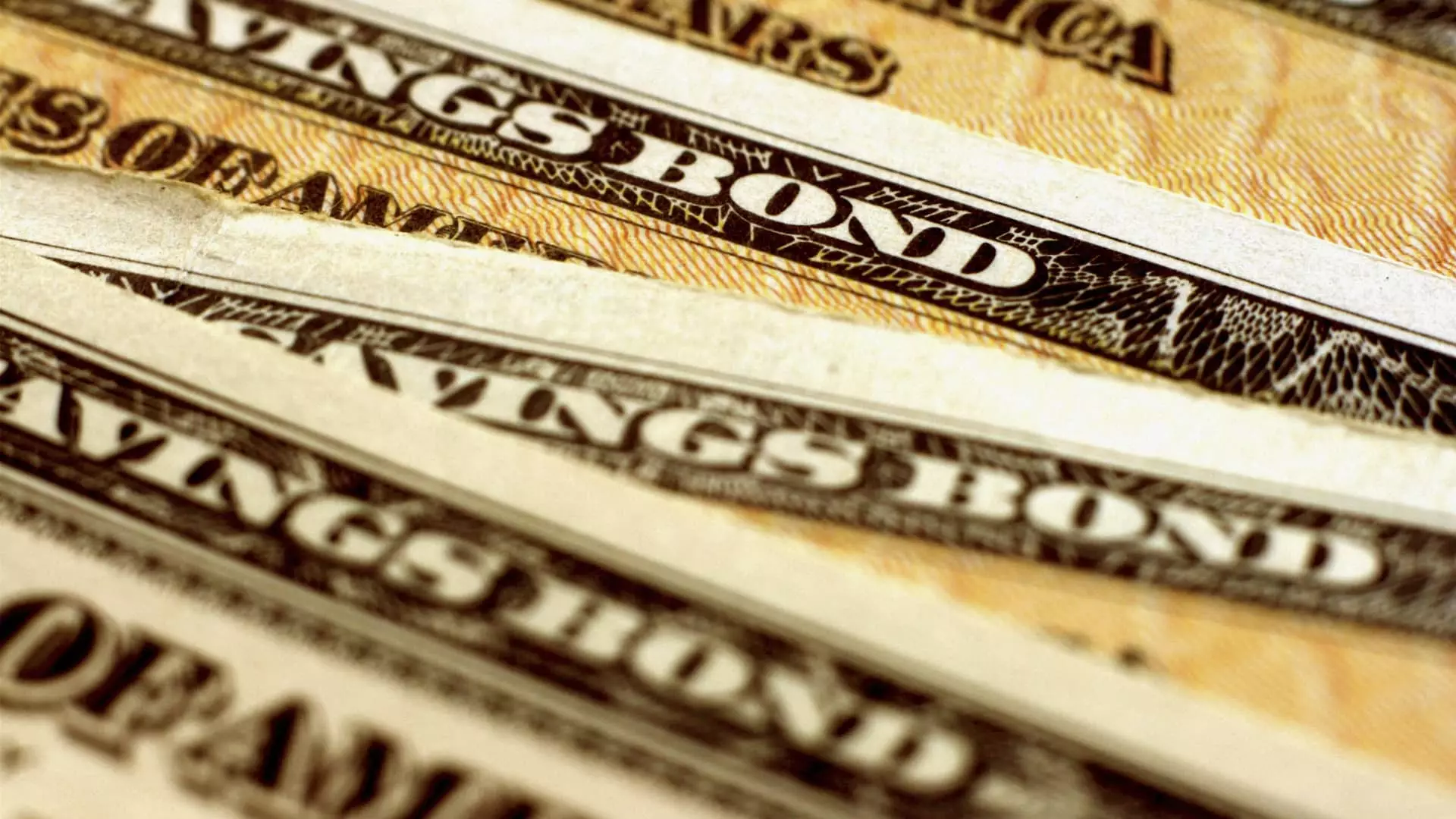The U.S. Department of the Treasury recently announced that Series I bonds will pay an annual interest rate of 4.28% from May 1 through October 2024. This rate is linked to inflation and represents a decrease from the 5.27% annual rate that was offered since November. Despite the decrease, the current rate is still slightly higher than the 4.3% rate from May 2023. Existing I bond owners will see their rates adjust based on when they purchased the assets, with a six-month timeline for rate changes starting from the original purchase date.
I bonds consist of two components – a variable rate and a fixed rate portion – both of which are adjusted by the Treasury every May and November. The variable rate remains constant for the first six months after purchase, regardless of when new rates are announced by the Treasury. After the initial six-month period, the variable rate changes to reflect the latest announced rate. In contrast, the fixed rate remains the same after purchase, with the Treasury having the option to adjust or maintain it every May and November.
Following a record high annual rate of 9.62% in May 2022, millions of investors flocked to I bonds. However, with rates now on the decline due to decreasing inflation, short-term savers may find better options for their cash. Despite this, long-term investors are still attracted to I bonds, particularly for the fixed rate component which currently stands at 1.3% for purchases made from May 1 through October. Additionally, the tax benefits of I bonds, such as no state or local taxes on interest and the ability to defer federal taxes until redemption, make them appealing for long-term savings.
Before purchasing Series I bonds, individuals need to carefully consider their financial goals and time horizon. One major drawback of I bonds is the restriction on accessing funds for at least one year and a three-month interest penalty if funds are withdrawn within five years. Despite this limitation, I bonds can be purchased online through TreasuryDirect, with a $10,000 per calendar year limit for individuals. There are also options to acquire additional bonds, such as through purchasing $5,000 in paper I bonds via a federal tax refund.
While the latest interest rate for Series I bonds may have decreased, they still offer an attractive investment opportunity for long-term savers. With a combination of a fixed rate component and tax benefits, I bonds can serve as a valuable addition to an investor’s portfolio, providing both stability and potential growth over time.

Leave a Reply